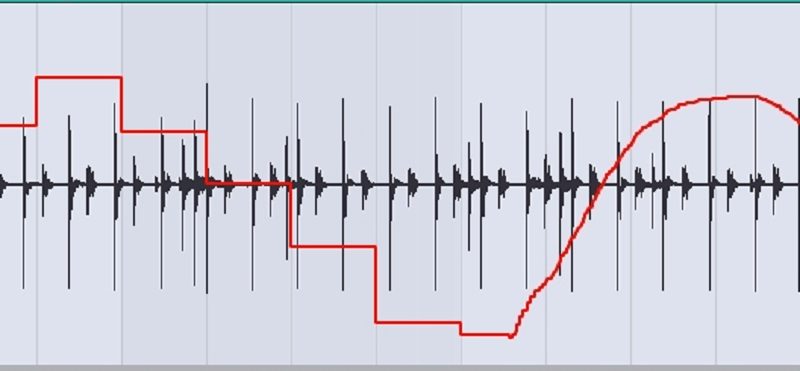Whenever you begin to use a new synthesizer it can seem a bit confusing on how to use it and it will require a learning curve.
However, you’ll be glad to hear that Xfer Serum is not an overly difficult synthesizer to learn. This is because not only do you hear the changes that you apply, but you see them to, which means that it will be easier to understand the functionalities of it.
That being said, learning Serum is still going to be more complicated than just reading an ultimate list of Serum wavetables in order to figure it out.
With that in mind, here are the top five tips to boost your Serum skills:
- Learn Key Command Modifiers
The LFO filter for Serum is powerful and has a variety of different key command modifiers to help you make your LFO shapes.
If you hold Option/Alt while dragging a point, the point will be snapped to the background grid. By pressing Option/Alt while you drag a tension handle, all of the tension handles will be adjusted simultaneously. Finally, holding shift while dragging your mouse will give you a step sequencer.
- Create Custom Sounds
Even though the default noises that Serum provides are good, you should still try to at least create your own custom sounds. The easiest way to do this is to place the .WAV files into the default noises directory. This fold can be found when you first installed the factory content of Serum.
- Drag LFO Shapes
Press Option and Alt simultaneously and then drag an LFO, and you will be able to drag it to your Oscillator A or Oscillator B wavetable. The current wavetable will then be swapped out with the LFO editor shape.
- Learn FFT Options
You use the FFT options to re-synthesize your tables. These will create new waveforms for you, and while they will not look exactly like the original waveform, the sound will be very similar.
The number shown after each is representative of the number of samples that are used in each space of time. This means that the higher the number is, the longer the time has been analyzed, and the higher the pitch of the sound will be.
FFT options are good for making more complex noises, such as people talking or animal noises.
- Alternate Between LFO’s
Last but not least, you can also alternate between LFO’s through the aux source. You can set LFO 1 to modulate the Filter Cutoff, which sets the Aux Source to Macro 1. By setting LF2 to modulate the filter cut off and setting Aux Source to Macro 1, you will then need to set the Modulation Column for LFO 1 to inverted.
Boosting Your Serum Skills
Hopefully this article has taught you some valuable skills and tricks you can use to improve your sound design in your music productions.
